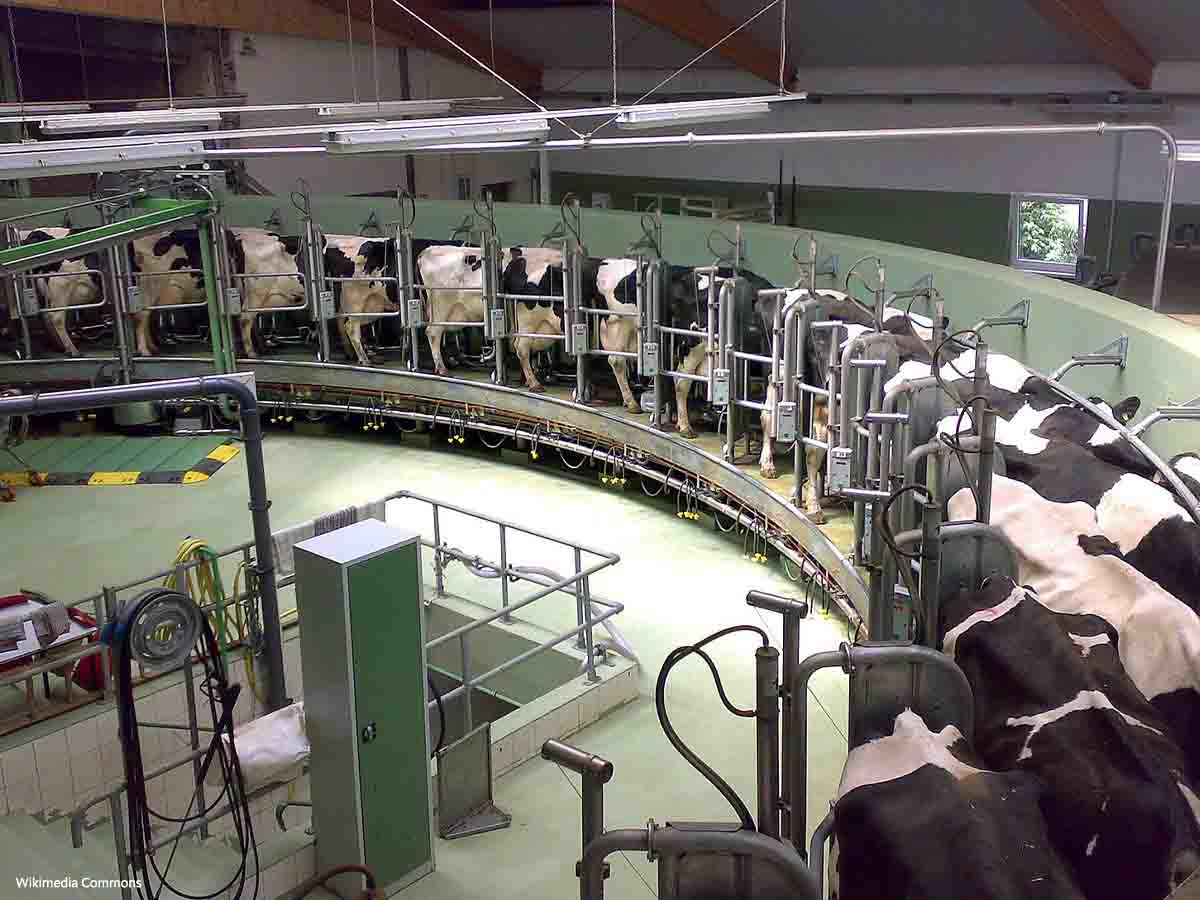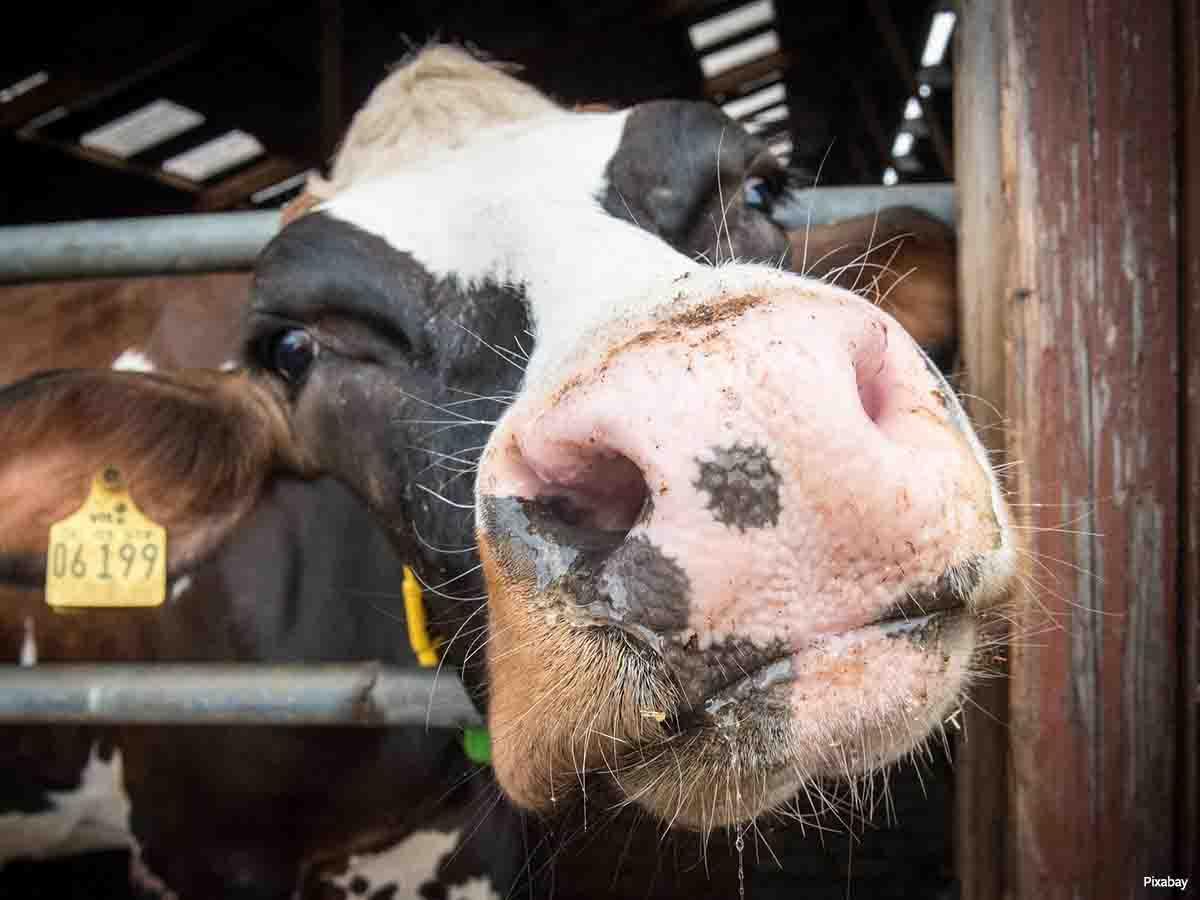Dairy Popularity Takes a Dive, But Cows Continue to Suffer
Milk is not as popular a drink as it once was. In fact, per capita direct milk consumption is down 42% from what it was in the 1970s, which is good news. However, overall milk production has increased from the 1950s level of 116 billion pounds of milk per year to 215 billion pounds as of just a few years ago. What does this mean for cows and what can we take away from these figures?
This increase in production is due to several factors. First, while each person is drinking less milk directly, there are more people than ever drinking it than ever before. There has been a significant increase in the human population in the United States (and across the world where the milk is exported) over the last 50 years and a marked increase in cheese consumption as well. Also, “the U.S. is producing 60 percent more milk from 30 percent fewer cows than in 1967. This is because each cow produces over 2.5 times as much milk as 50 years ago.”
Declining milk drinking has put a dent in the dairy business despite increased cheese consumption, increases in production yield, and its consumer base expanding. Once you factor in “increased productivity,” it is interesting to note that the dairy cow population numbers haven't seen too much change since 1975. From 1950 to 1975, cow populations drastically declined from 22 million to 11.1 million, but since then, the numbers haven’t changed that much and in 2022 are estimated at 9.38 million.

Sadly for cows, who suffer horribly in dairy farms, declining per capita milk sales haven’t meant a big change for the better for them. In fact, things have gotten worse as farms have switched to mechanized milking, causing more stress and infections and cows udders now often hold so much milk that they drag on the ground and can get stepped on, causing severe injuries.
According to Dairy Herd Management, an industry resource, there are about half as many dairy farms as there were in 2003. Yet while milk has lost favor, cheese consumption is on the rise. In fact, it has nearly doubled in recent years. So cows will continue to suffer under industry standard practices, to be artificially impregnated until their bodies give out and they are sold to make hamburger meat. Male calves will still be shipped out to be raised as veal, and female calves will be forcefully taken from their mothers and exploited for dairy products until they too are spent and sent to slaughter.
Dairy farms have rebranded milk to a new version called a2 Milk, which has a different form of casein and added vitamin D3. Dairy's new slogan is: “Love milk again.” It's hard to say whether this new product will restore milk as a popular drink, but dairy farmers are adding revenue streams with a variety of animal products including beef, embryos, fertilizer, and agri-tourism with tours of their farms.
But some ethical farmers have switched from dairy to producing plant-based products. This is the direction that dairy farmers need to take if we as a species are going to seriously address the environmental and health problems associated with dairy farming, and it would give the cows a much needed and deserved break too. Discover delicious dairy-free swaps in our free Vegan Starter Kit.


